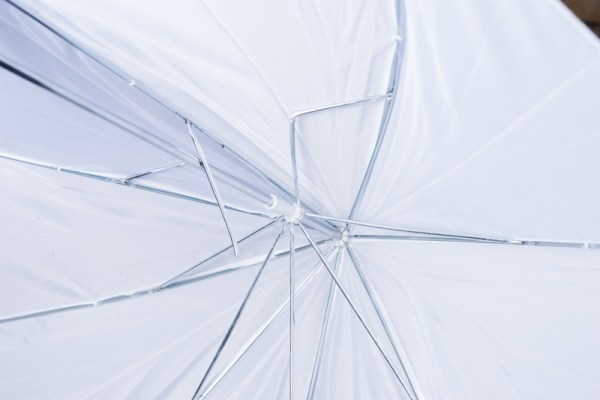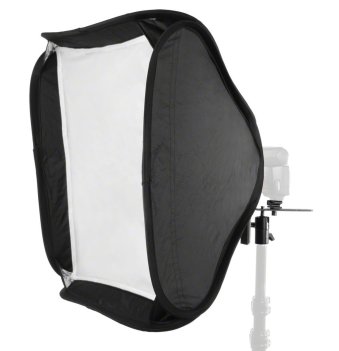I have a lot of mobile lighting gear…. I can’t help it, it like a compulsion. Playing with light either in the studio or out and about strobist style (the term strobist is actually a registered trademark and if you don’t know the strobist website you really should check it out) is something I really enjoy, but it can be hard and expensive to find the exact lighting equipment there is so much of it out there now days. So as I’m heading down to my sisters wedding latter this year in New Zealand I want to put together 1 bag of lighting equipment to take with me. So I want to test a few items and really find a balance between price, quality, portability, compatibility etc
Intro
This is basically just me shearing my experience and thought on improving my kit and I hope it helps some one else to fall into some of the many pit fall out there. I will try to categorise things into Must have, should have, might get used and don’t need. Also price/quality will play a roll, normally you get what you pay for but I will try to balance the price vs durability especially in similar products. The 3rd major aspect will be piratical usage like portability, compatibility, extra features etc.
 Clamps, Batteries packs, Triggers etc etc etc
Clamps, Batteries packs, Triggers etc etc etc
The electronics (flashes, triggers, cables and external battery packs) will actually play a small roll in the first phase of of the project, but will dominate the second phase latter this year. And I have set a few rules for myself…..
- No single item should cost more than 100€
- Every thing has to fit into 1 bag
- Minimum 2-3 light stands
- Minimum 2-3 different lightformers
 Umbrellas don’t seem to have a long life expectancy
Umbrellas don’t seem to have a long life expectancy
One of the biggest annoyances with mobile lighting is that things break and get lost, constantly replacing item e.g. Umbrellas easily catch the wind and blow over. But that said some stuff can be recycled and used in another or similar role. For example while I was shooting a wedding a few years ago, I had an assistant who’s job it was to it was to keep an eye on my light stand that has 2 shoot through umbrellas mounted on it. Unfortunately they got distracted watching the bride and groom a very slight gust of wind caught hold the the lighting set it and it went flying … destroying both umbrellas and the the base of my light stand on impact. I was able to save the flashes, triggers and mounts. Now days I use the remains of the light stand as a boom arm or give it an assistant to hold the lighting exactly where I need it.
 “making of” with my now famous broken light stand
“making of” with my now famous broken light stand
Getting Started
Strobism is a movement that really started gaining ground around a decade ago with the advent of small, powerful, hotshoe flashes coupled with the emergence of an army digital camera wielding enthusiasts suddenly eyeing the opportunity of becoming professional digital camera wielding photographers. Strobism relies on the use of small flashes in lieu of large studio lights (also known as mono-block lights or monos). The supposed primary advantage of strobism is that of cost but don’t be fooled you can give out some serious cash setting up a good quality mobile lighting rig. I used to use a lot of shoot through umbrellas as as they make great fill flash with natural lighting but in the last few years I tend to use more soft boxes and beauty dishes for more directional control of the light (and because I have given up on replacing broken umbrellas). Here are the 3 basic types of soft-box I’m using at the moment, but I will go in to more detailed reviews in the future. All 3 of these are very generic “made in china” items and are sold under a variety of names around the world, you should find them easy enough on e-Bay or Amazon. (all 3 photos are stock images from the manufactures websites an not my own photo)
This 70cm Octo-box pops up and down like an umbrella the flash is mounted inside the octo-box which can make it annoying to change setting on your flash. It is very light and compact when its packed up and so far hasn’t had any desirability issues.
 60x60cm softbox is very quick and easy to build, and there seems to be a lot of companies selling them in different sizes. As the back of the soft box is open then can lose a lot of light out the back. It can also be a bit awkward to pack depending on the bag you are using.
60x60cm softbox is very quick and easy to build, and there seems to be a lot of companies selling them in different sizes. As the back of the soft box is open then can lose a lot of light out the back. It can also be a bit awkward to pack depending on the bag you are using.
 This Bowens S mount adapter allows me to use any of our studio light modifiers, but I have never trusted its strength enough to mount any large light modifiers on it. Also I wont be travelling with any of our studio light modifiers so it wont be ion the final bag. I only posted because its a practical bit of equipment. But it also can lose a lot of light out the back.
This Bowens S mount adapter allows me to use any of our studio light modifiers, but I have never trusted its strength enough to mount any large light modifiers on it. Also I wont be travelling with any of our studio light modifiers so it wont be ion the final bag. I only posted because its a practical bit of equipment. But it also can lose a lot of light out the back.




Can we please see some more of your wedding photography
Hi Kelly G thanks for stopping by and having a look 🙂
I really should get around to finishing my weddings page but if you have a look here you can see a few examples from my last few weddings
http://www.scottlewisphotography.eu/?page_id=954
Hello Scott
Sorry for my bad English. I wanted a little flash Godox Witstro. Want this flash for use as a portrait. This is a good flash of the portable device?
HI Mateo Fotografia….
I think I understand your question. The Witstro range of flashes from Godox are a unique ranges of flashes using a bare bulb (similar to a studio flash). I personally don’t have one but have been trying to get hold of some for this project, (yes John I am talking about you). From what I have seen of them they have left a positive impression but the limited range of light formers for its unique mount is the main reason I haven’t used bought one yet. But I will cover more about that another day